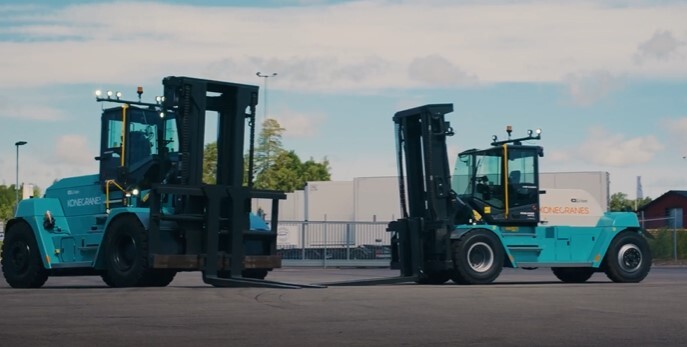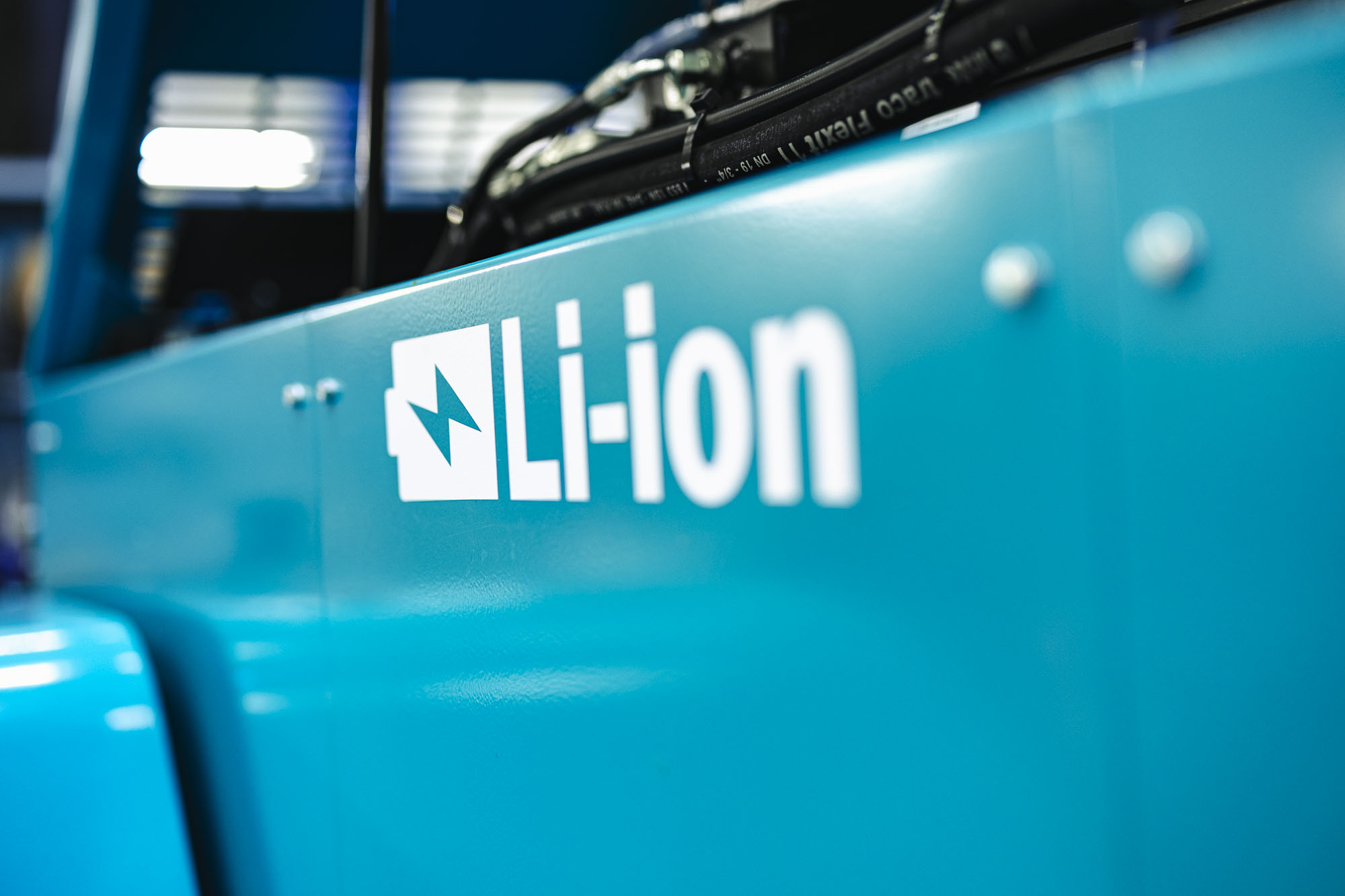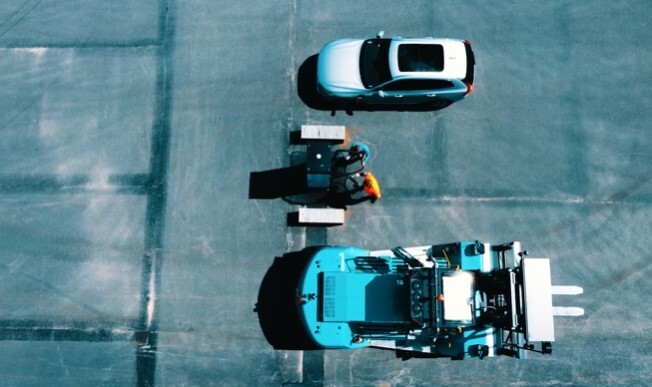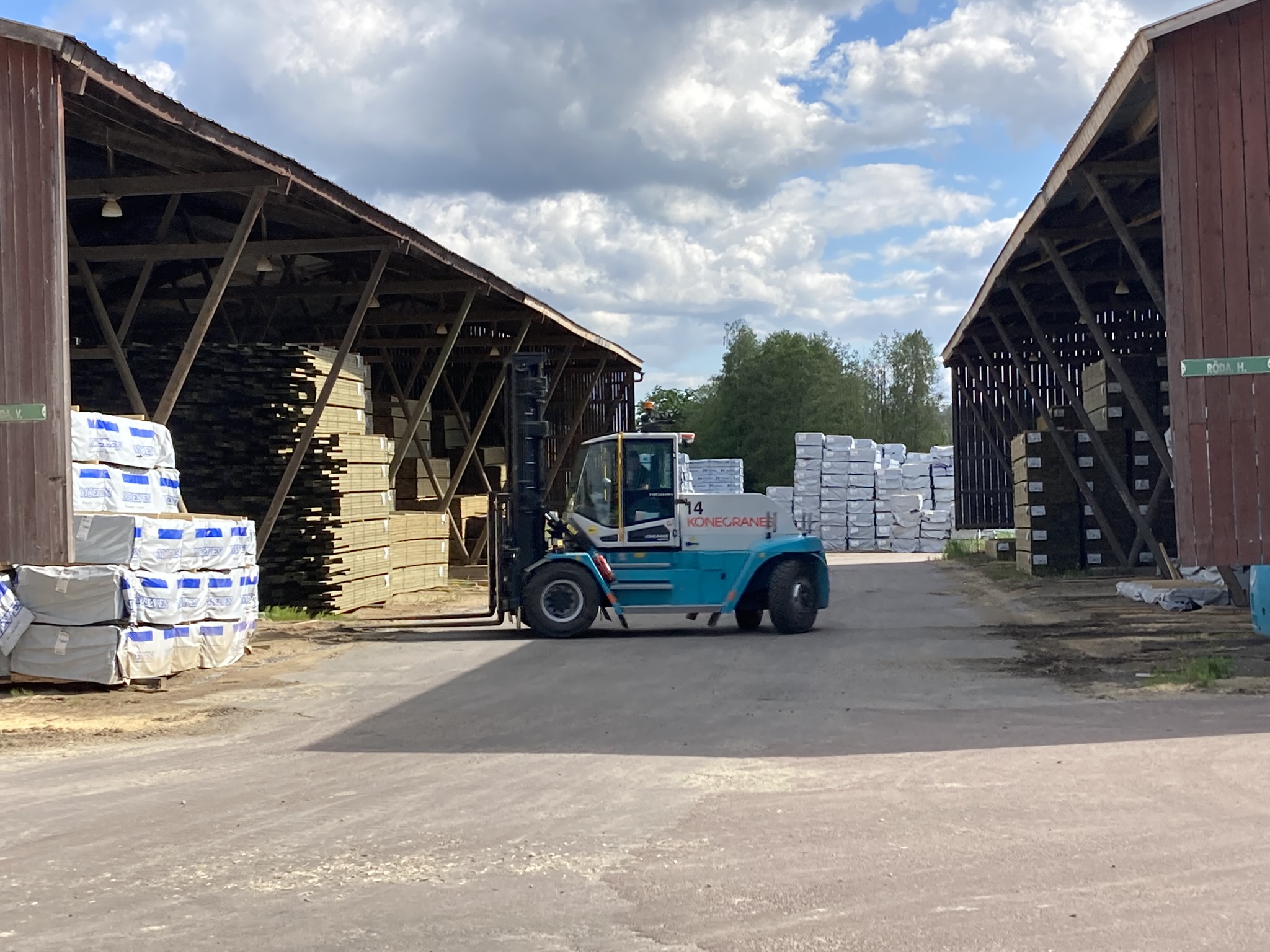Uplifting blog

Change for E-VER - From diesel to electric
Welcome to the inaugural episode of the Konecranes lift trucks series, "Change for E-VER," featuring Henrik Johansson, Sales Specialist Electrification at Konecranes. This episode explores the transition from diesel to electric lift trucks, posing the question:
What is holding you back from taking a first step toward a change from diesel to electric?
This video highlights 3 key considerations: motivation, operation, and cost.
The journey of electric trucks began in the 1980s, primarily to avoid contamination in indoor operations. By the 1990s, health and safety became priorities, expanding their use in industries like pulp and paper. The 2000s saw a focus on total cost of ownership (TCO), favoring countries with cheaper electricity. The 2010s emphasized sustainability, leading forestry sectors to adopt electric solutions. In the 2020s, suppliers from the Far East influenced the market, with ROI, regulations, and government incentives driving change.
It's a step by step journey
To transition from diesel to electric, operations should evaluate their motivation, assess current operations, consider charging infrastructure, and start with one electric machine to learn before a full fleet exchange. Although electric trucks have higher initial costs, they offer lower operational expenses, with options like Battery as a Service to balance costs.
Embracing electric solutions
As the world shifts towards electric solutions, it's crucial to consider operation requirements and power grid circumstances. The journey to an electric fleet often begins with a single machine, and the cost difference between electric and diesel may be less than anticipated. So, what is holding you back from taking the first step toward electric today?
Related Articles

Change for E-VER - Calculate your electric vehicle operations
Welcome to this episode of "Change for E-VER," featuring Henrik Johansson, Sales Specialist...

Change for E-VER - Charging infrastructure
Welcome to another insightful episode of Change for E-VER, where we delve into the electrification...

Change for E-VER - CO2 emissions reduction
Welcome to another episode of "Change for E-VER," featuring Henrik Johansson, Sales Specialist...
